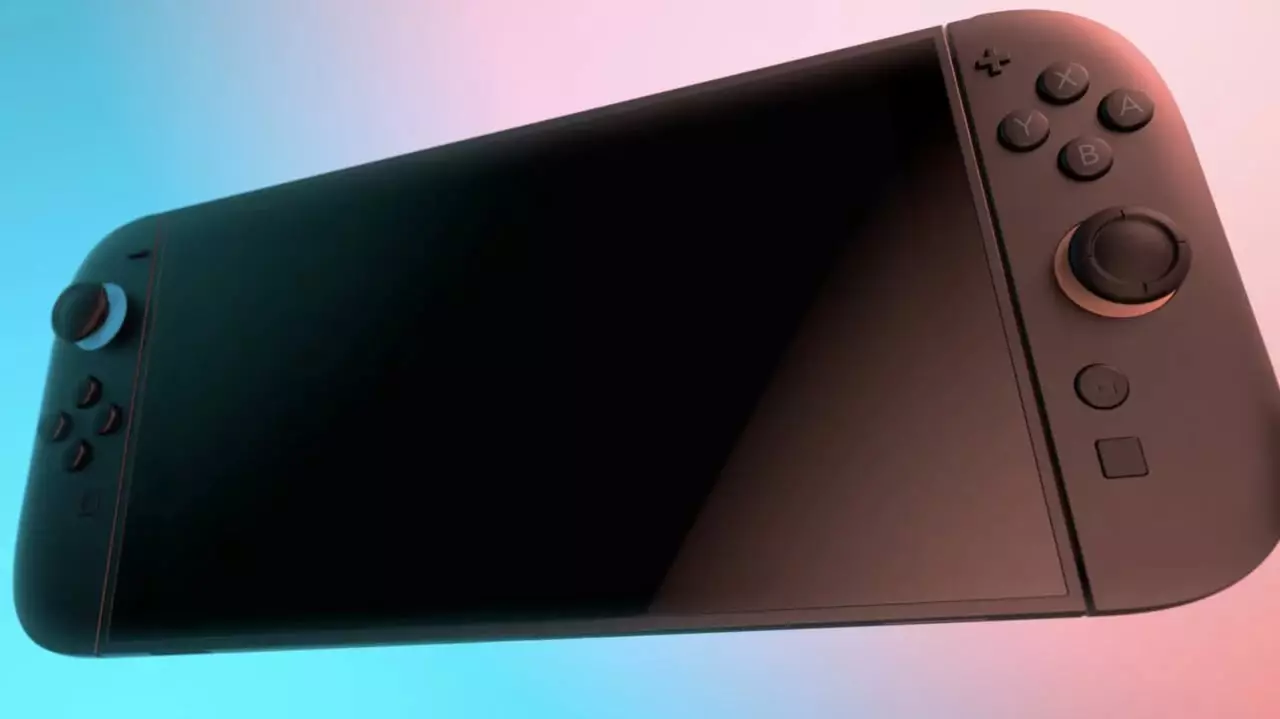As the gaming community gears up for Nintendo’s Switch 2 live broadcast, the excitement is palpable. However, behind the scenes, a complex landscape of developer access and hardware capabilities raises questions about the readiness of this much-anticipated console. The rumors circulating from industry insiders suggest a mixture of optimism and uncertainty, particularly concerning how Nintendo is managing the rollout of development kits to third-party creators, especially those smaller in scale.
Reports from renowned sources like Digital Foundry’s John Linneman highlight a significant concern: many medium and small developers are still waiting for their development kits. Linneman expresses doubts about the accessibility of these crucial tools, underscoring that Nintendo is taking a selective approach, leaving smaller studios at a disadvantage. This raises a critical question: Is Nintendo fostering inclusivity in its ecosystem, or is it inadvertently stifling creativity by limiting access to its hardware?
A Selective Strategy or a Missed Opportunity?
Imran Khan, a veteran in gaming media, complicates the narrative further. His comments on ResetEra indicate a disturbing trend where companies like Embracer Group were overlooked due to Nintendo’s concerns over stability and chaos. This fear of giving kits to studios that may not sustain their operations appears to symbolize a broader hesitation within Nintendo to embrace a wider array of developers. While the rationale is understandable, it opens up a Pandora’s box of implications regarding innovation and competition within the gaming industry.
Nintendo’s legacy is heavily rooted in collaboration, and this selective rollout may alienate potential third-party supporters. One has to wonder if this cautious strategy is a necessary safeguard or a strategic misstep that could hamper the console’s initial launch period. The success of gaming hardware increasingly relies on a robust library of titles at launch, and a lack of variety could limit the Switch 2’s impact in a fiercely competitive market.
Third-Party Dynamics: The Good, the Bad, and the Unknown
On the brighter side, it seems larger developers like Ubisoft have successfully secured development kits, giving rise to rumors of multiple titles in the pipeline. However, the disparity in access between large and small studios presents a troubling dichotomy. As the industry moves towards offering diverse gameplay experiences, the marginalization of smaller developers could hinder innovation and suppress unique game concepts. This presents a critical viewpoint: the gaming ecosystem thrives on diversity, and limiting access to powerful development tools could pose a significant risk to the overall health of the industry.
Insider Gaming’s Tom Henderson adds another layer of intrigue, mentioning a three-phase rollout plan for Switch 2 developer kits, with many third-party studios expected to receive theirs only by mid-June. If true, this staggered introduction could create a landscape where creativity is constrained, similar to a race where some participants started far behind the starting line. If broader access isn’t granted soon, the Switch 2 may launch with a limited array of third-party titles, possibly impeding its potential as a distinguished contender among consoles.
Speculation About Specifications: Are They Adequate?
Adding to the uncertainty are conflicting reports about the hardware’s capabilities. Henderson’s mention that some development kits lack 4K output challenges the expectations surrounding the console’s performance. Although the mention of potential “4K upscaling” has floated around in the form of rumors and patents, it leaves many consumers pondering whether the perceived technological advancements will truly align with the actual system performance at launch.
Nintendo’s careful management of its development partnerships is reminiscent of a double-edged sword. The console maker is now at a crossroads—balancing aspirations for cutting-edge technology while meeting the creative needs of a diverse pool of developers. The eventual outcome of this balancing act could either lead to groundbreaking successes or, conversely, serve to entrench Nintendo into a cycle of missed opportunities.
As anticipation builds toward the forthcoming broadcast event, industry professionals and enthusiasts alike eagerly await definitive announcements from Nintendo, hoping that it embraces a collaborative spirit that empowers developers of all shapes and sizes. The stakes are incredibly high; Nintendo must navigate these uncharted waters skillfully to ensure the Switch 2 becomes not just a console but a landmark in gaming history.

